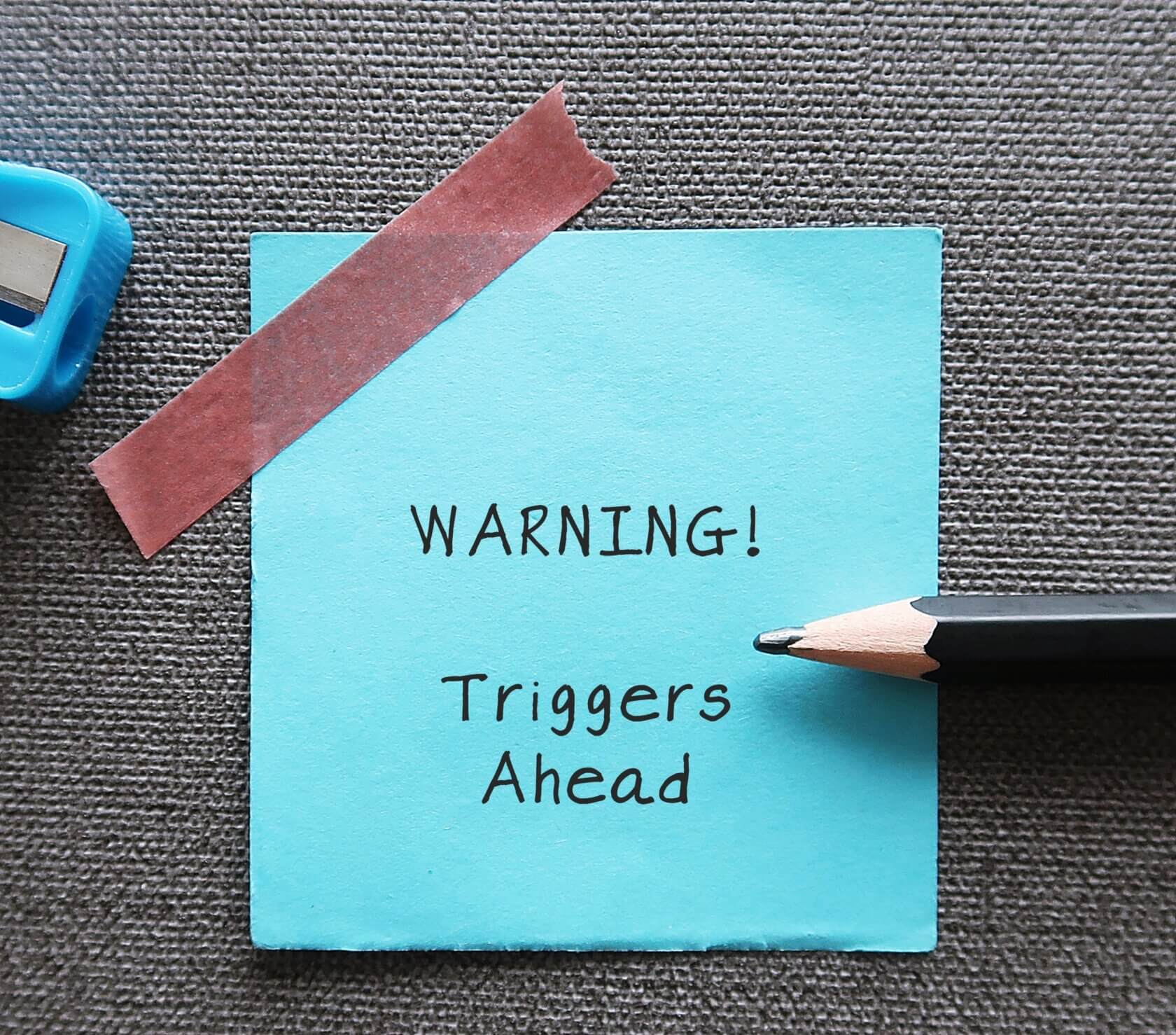Trigger warnings have become a hot topic in recent years. They are often seen in academia, media, and online spaces.
Their purpose? To alert individuals about content that may evoke distressing memories or reactions. This is particularly relevant for those who have experienced trauma-related events.
However, the effectiveness and necessity of trigger warnings are subjects of ongoing debate. Some argue they protect and respect trauma survivors. Others believe they may hinder resilience and foster avoidance.
Whether you’re an educator, content creator, mental health professional, or simply interested in the discourse, this article offers valuable insights into the role of trigger warnings in our society.
Understanding Trigger Warnings
Trigger warnings, also known as content warnings, are statements that precede potentially distressing material. They are designed to flag individuals when there might be content that could trigger a strong emotional response. This response is often linked to past trauma.
The concept of trigger warnings is rooted in psychology. The term “trigger” refers to stimuli that prompt recall of traumatic events. These warnings aim to prevent unexpected encounters with such stimuli, allowing individuals to prepare themselves or choose not to engage with the content.
The Psychology Behind Trigger Warnings
Trigger warnings are rooted in the understanding of trauma and its effects on the brain. Trauma can lead to a condition known as Post-Traumatic Stress Disorder (PTSD), where certain stimuli can bring back memories of a traumatic event, causing intense emotional reactions and distress.
The goal of these warnings is to prevent these unexpected emotional responses by alerting individuals about potentially triggering content. The idea is to give individuals the chance to prepare themselves or choose not to engage with the content if they feel it might be harmful to their mental health.

Trigger Warnings in Practice
Trigger warnings originated in online communities, particularly those focused on mental health. They were initially used to flag content discussing topics like self-harm or eating disorders.
Now, trigger warnings are commonly used in various settings, including academia and media. In academic settings, they may be used to warn students about potentially distressing content in course materials. This could include topics like sexual assault, violence, or other traumatic events.
In media, trigger warnings often precede movies, TV shows, or articles that deal with sensitive topics. They serve as a heads-up for viewers or readers, allowing them to make an informed decision about whether to proceed with the content. This practice acknowledges the diverse experiences of audiences and respects their autonomy.
The Debate: Protection vs. Hindrance
The use of trigger warnings has sparked a heated debate. On one side, proponents argue that they serve as a protective measure for individuals who have experienced trauma. They believe that they can prevent unexpected encounters with distressing content, which could help in reducing the risk of retraumatization.
However, critics of trigger warnings suggest that they may hinder the healing process. They argue that avoiding potentially triggering content can prevent individuals from processing their trauma. This avoidance, they say, could potentially reinforce the power of traumatic triggers rather than helping individuals to overcome them.
The debate is complex and nuanced, with valid points on both sides. It’s clear that the effectiveness and appropriateness of the warnings can vary greatly depending on the individual and the context. This underscores the need for further research and discussion on this topic.
Arguments For and Against
Many debate the potential pros and cons of trigger warnings. By breaking it down, we can explore both sides of this complex and multifaceted topic.
Pros
Trigger warnings can foster a sense of safety and inclusivity. They signal respect for the diverse experiences of individuals, particularly those who have experienced trauma. By providing a heads-up about potentially distressing content, trigger warnings can empower individuals to make informed decisions about their engagement with the content.
Cons
Critics of trigger warnings argue that they may inadvertently reinforce the idea that certain topics are inherently harmful or threatening. This could potentially lead to increased anxiety and avoidance.
Implementing Trigger Warnings Effectively
Implementing trigger warnings effectively requires sensitivity and understanding. It’s not about censoring content, but rather providing a heads-up about potentially distressing material. This allows individuals to prepare themselves emotionally or choose to engage with the content at a time when they feel ready.
However, it’s important to note that not all content can or should come with a trigger warning. It’s impossible to predict all potential triggers, as they are highly individual and can be tied to a wide range of experiences. Therefore, trigger warnings should be used judiciously, focusing on common triggers related to violence, abuse, or other traumatic events.
Alternatives to Trigger Warnings
Although they serve a purpose, it’s not the only way to support trauma survivors. Content warnings, for instance, can be a more general way to alert readers or viewers about potentially distressing content. They don’t necessarily imply a link to trauma, but simply give a heads-up about the nature of the content.
Another alternative is providing a detailed synopsis or content description. This allows individuals to make an informed decision about whether they wish to engage with the content.
A Balanced Perspective
In conclusion, trigger warnings are a complex issue with valid arguments on both sides. They can be a helpful tool for trauma survivors, but they are not a one-size-fits-all solution. It’s crucial to continue the dialogue, conduct more research, and strive for a balanced, empathetic approach to their use.
If you or someone you know is struggling with their mental health battle and needs more support, Centered Health and our extensive network of treatment centers is here to help you succeed on your path to wellness.










